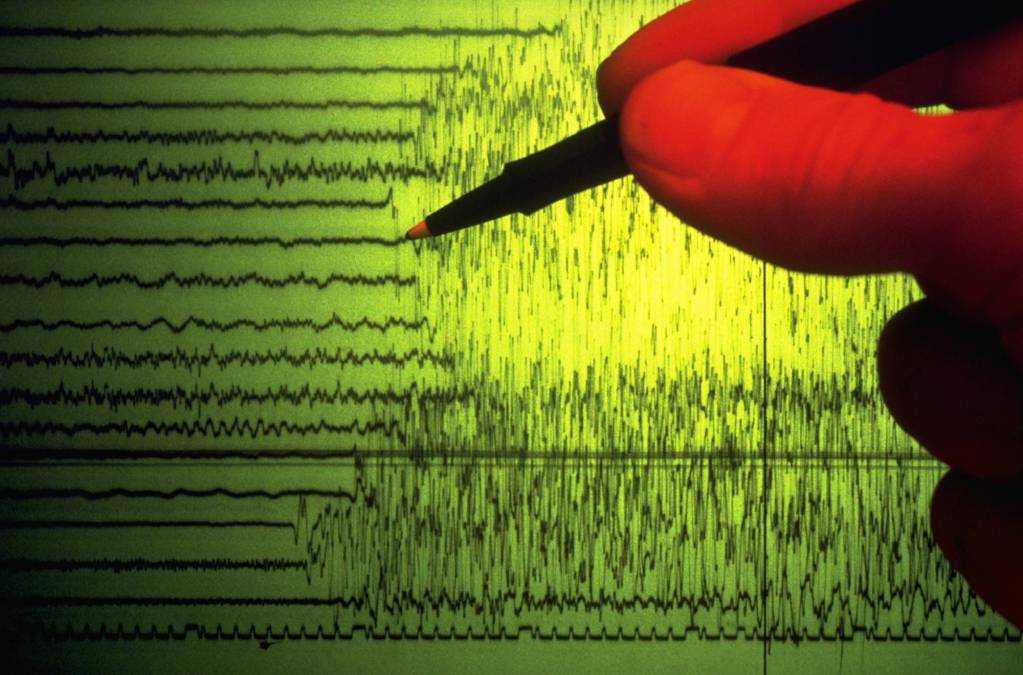Washington state switches on earthquake early-warning system

As of Tuesday, Washington state residents can receive early warning of earthquakes through a universal emergency alert system funded by the United States Geological Survey that’s already used by California and Oregon.
A coalition of federal, state and research agencies — including the U.S. Geological Survey, the University of Washington-based Pacific Northwest Seismic Network and the Washington Emergency Management Division — activated the system, called ShakeAlert, in Washington state on Tuesday. The system connects more than 1,150 seismometers along the Pacific coast to an automated alert system that can send smartphone alerts at least a couple of seconds before a quake occurs.
“The ShakeAlert technology itself is seamless West Coast-wide,” said Harold Tobin, director of the Pacific Northwest Seismic Network at the University of Washington, “meaning all our seismic sensors detect earthquakes and the computer algorithms run redundantly in three different places along the coast with all the data. So we can generate alerts in Washington exactly the same we do in California or Oregon.”
Though Washington’s service is now live, it can’t take advantage of some of the mobile applications already available in California and Oregon.
University of California, Berkeley researchers and students developed an early-warning mobile application using ShakeAlert data, called MyShake, in 2019. Another application, called QuakeAlertUSA, launched in Feb. 2020. California agencies were the first to incorporate a universal alert system based on the ShakeAlert data through the national Wireless Emergency Alerts system. WEA alerts and the MyQuake and QuakeAlertUSA applications became available in Oregon in early March.
But neither application has committed to offering service in Washington yet, and Tobin said WEA isn’t as fast at alerting residents as the applications are. Tests in three Washington counties conducted earlier this year found 20-30 second delays using WEA to alert residents of earthquakes, Bill Steele, outreach director for the Pacific Northwest Seismology Network, told the Seattle Times. That’s not as fast as experts would like, Tobin said.
Though outside of WEA, Washington residents who own Android devices can also get alerts through ShakeAlert software integrated with their phones’ operating system, without the need to download a third-party application.
“It seems like there’s some advantage in speed with the Android approach compared to the WEA approach,” Tobin said. “We hope that the WEA will continue to improve in its delivery mechanism. It’s already quite functional from the point-of-view of a lot of earthquakes, but some of the ones where we have the least amount of time between alert and shaking, WEA might still need some improvements to be fully fast enough.”
Tobin said he expects early-warning apps will eventually be created for Washington, but doesn’t know when that will happen.
Beyond Washington’s general public, though, utilities, hospitals and some public-safety agencies have received licenses to integrate ShakeAlert into their automated systems, like those that automatically recall elevators or open fire station doors.
But although Washington residents may not have an earthquake app yet, Tobin said they’ll now at least have some warning before the next big one. Just off the coast of Washington is the Cascadia Subduction Zone, a 620-mile fault line expected to shift and devastate the Pacific Northwest in the near geological future.
“There’s been no alerting system to date,” Tobin said. “This doesn’t exist until today.”





